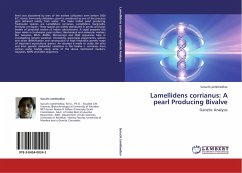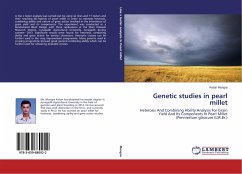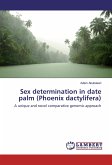Pearl was discovered by man of the earliest civilization even before 3500 B.C. Hence from early civilization, pearl is considered as one of the precious gem obtained mainly from water. The major Indian pearl producing freshwater species are Lamellidens corrianus, Lamellidens marginallis, Perreysia corrugate. These species are widely distributed in ponds and large bodies of perennial waters of Indian subcontinent. A rapid progress has been made in freshwater pearl culture. Biochemical and molecular markers like Isozymes, RFLPs, RAPDs, Microarrays and DNA sequences help in investigating genetic variation, inbreeding, parentage assignments, species and strain identification and construction of high resolution genetic maps of important aquaculture species. An attempt is made to study the intra and inter genetic similarities/ variations in the bivalve L. corrianus from various water bodies using some of the above mentioned markers- Isozymes, RAPD and DNA sequences.




![Genetic Architecture of Pearl Millet [Pennisetum glaucum (L.) R. Br.] Genetic Architecture of Pearl Millet [Pennisetum glaucum (L.) R. Br.]](https://bilder.buecher.de/produkte/55/55069/55069304n.jpg)



